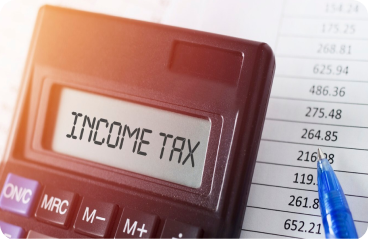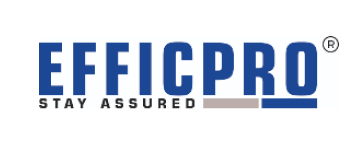Declaration for deduction of TDS on salary for F.Y. 2023-24

A new scheme of taxation has been introduced by the Finance Act, 2023, by insertion of a new Sub-section 1(A) to Section 115BAC of the Income-tax Act, 1961 (“the IT Act”).
This scheme is applicable w.e.f. Financial Year 2023-24. It is applicable to
- Individuals,
- HUF,
- Association of Persons (AOP) [other than a co-operative society],
- Body of Individuals (BOI),
- Artificial Juridical Persons (AJP)
Income Tax slabs under the New Tax Regime w.e.f. 01 April 23 & the Old Tax Regime:
| New Income Slabs | Rates | Old Income Slabs | Rates |
|---|---|---|---|
| Upto 3,00,000 | Nil | Upto 2,50,000 | Nil |
| 3,00,000 – 6,00,000 | 5% | 2,50,001 – 5,00,000 | 5% |
| 6,00,001 – 9,00,000 | 10% | 5,00,001 – 10,00,000 | 20% |
| 9,00,001 – 12,00,000 | 15% | 10,00,01 & Above | 30% |
| 12,00,001 – 15,00,000 | 20% | ||
| 15,00,001 & Above | 25% |
Under this New Tax Regime, a salaried taxpayer would also be eligible for an upfront deduction of INR 50,000 off their total taxable income.
Further, as per Sec 87A, under the Old regime, there was a rebate of INR 12,500 if the total income does not exceed INR 5,00,000. However, the New tax regime allows a marginal rebate if the total income marginally exceeds Rs. 7,00,000. The marginal rebate under Section 87A shall be computed in the following steps.
- Step 1: Calculate tax payable on total income before rebate under Section 87A
- Step 2: Calculate the difference between total income and Rs. 7,00,000.
- Step 3: Calculate the difference between Step 1 and Step 2.
- Step 4: If the figure in Step 3 is positive, the difference will be the rebate allowed under Section 87A. However, if the figure is negative, then no rebate shall be allowed under Section 87A.
Further, around 70 Exemptions & Deductions have been disallowed under the new tax regime as compared to around 120 Exemptions & Deductions allowed in Old tax regime.
Listed below are some of the common & major Exemptions and Deductions that will not be available under the new tax regime:
- Investments under 80C (apart from employer’s contribution to NPS): Rs.1,50,000
- House Rent Allowance
- Housing Loan Interest in respect of Self Occupied/Vacant Property up to Rs. 200,000
- NPS Contribution: Rs. 50,000
- Medical Insurance Premium u/s Sec 80D: 25,000
- Savings Bank Interest u/s 80TTA: 10,000
- Donations to specified entities: 50-100% of the amount donated
Further, in light of the abovementioned New tax regime, CBDT has also issued Circular No 04 of 2023, dated 05 April 2023 to provide clarifications regarding the deduction of TDS from Salary. This circular supersedes Circular No C1 of 2020 and shall be applicable for the financial year 2023-2024 and subsequent years. The circular clarified that:
- The new tax regime would be treated as a DEFAULT tax regime by the Employer (‘Deductor’) for the purpose of calculation of the TDS amount under Section 192 of the IT Act. (TDS on Salary).
- However, as per sub-section (6) of Section 115BAC of the IT Act, the employee has the option to opt out of this New Tax regime and continue with the Old Tax regime.
- In this regard, the Employer has to obtain information from each of its Employees regarding their intended tax regime and every employee shall intimate the same to the Employer.
- If intimation is not made by the employee, it shall be presumed that the employee continues to be in the default New tax regime, in such a case, the employer shall deduct tax at source on salary, in accordance with the rates provided under aforesaid new tax regime.
- Further, it is also clarified that the intimation would not amount to exercising the option in terms of sub-section (6) of section 115BAC of the Act and the employee shall be required to exercise the option separately in the prescribed manner:
- on or before the due date of filing of IT return – having income from business or profession
- along with the filing of IT return – not having income from business or profession
Our comments:
The employer needs to intimate the concerned employees about the implications of the new and old tax regime and obtain their written confirmation for TDS deduction about their preference in the new or old tax regime as stated in the circular. For the employees claiming deduction of HRA, interest on housing loans, donations, etc., the old tax regime may be more beneficial. Which tax regime is more beneficial to the taxpayer is to be decided on a case-to-case basis depending on facts and figures.
Limitation: The purpose of this article is for knowledge-sharing purposes. Views expressed in this note are the personal views of the author. The same should not be construed as professional advice.
